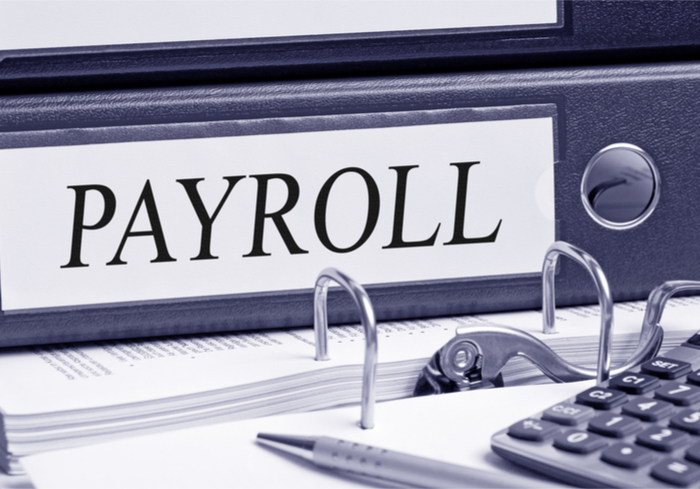US Unemployment Rate Reaches 18-Year Low

Indicating a tightening labor market, the U.S. unemployment rate dropped to 3.8 percent amid higher-than-expected payroll gains. That decrease brings the unemployment rate to its lowest point in 18 years, Reuters reported.
“It’s a good report all around, it literally checks off all the right boxes,” RBC Capital Markets Chief U.S. Economist Tom Porcelli told Reuters. “We’ve just been quickly scouring through to see where the negatives are, because, inevitably, there are some negative things about a report, and honestly there’s not.”
Total payrolls increased by 223,000, which was more than the estimate of 188,000. And private payrolls increased by 218,000, which was above the estimate of 183,000. In addition, average hourly earnings increased 0.3 percent month-to-month compared to an estimate of 0.2 percent. However, average hourly earnings came as estimated at 2.7 percent year over year.
Even so, the news comes as households are feeling a little less confident than has been seen previously when it comes to the U.S. economy. The University of Michigan’s readings, posted on Friday (May 25), showed a dip from a 14-year peak touched this year.
The Wall Street Journal noted that the latest reading came in at 98, which is down from an initial May reading of 98.8, and would have been unchanged from April. The economists who offered up the consensus of 98.8 said March was the zenith at 101.4. Still, the results are relatively high amid an economy that has been marked by low employment and — generally speaking, despite volatility — a “wealth effect” buoyed in part by stock market gains.
The survey’s Chief Economist Richard Curtin said, “Consumers have remained focused on expected gains in jobs and incomes, as well as anticipated increases in interest rates and inflation during the year ahead.”
Expectations for inflation have been on the upswing, as measured in May, at a rate of 2.8 percent where, last year, that rate had been forecast at 2.7 percent — up from 2.5 percent seen in each of the previous five months.